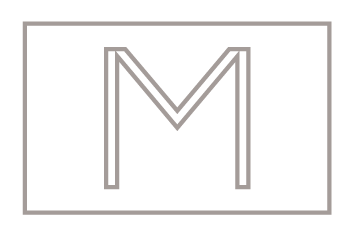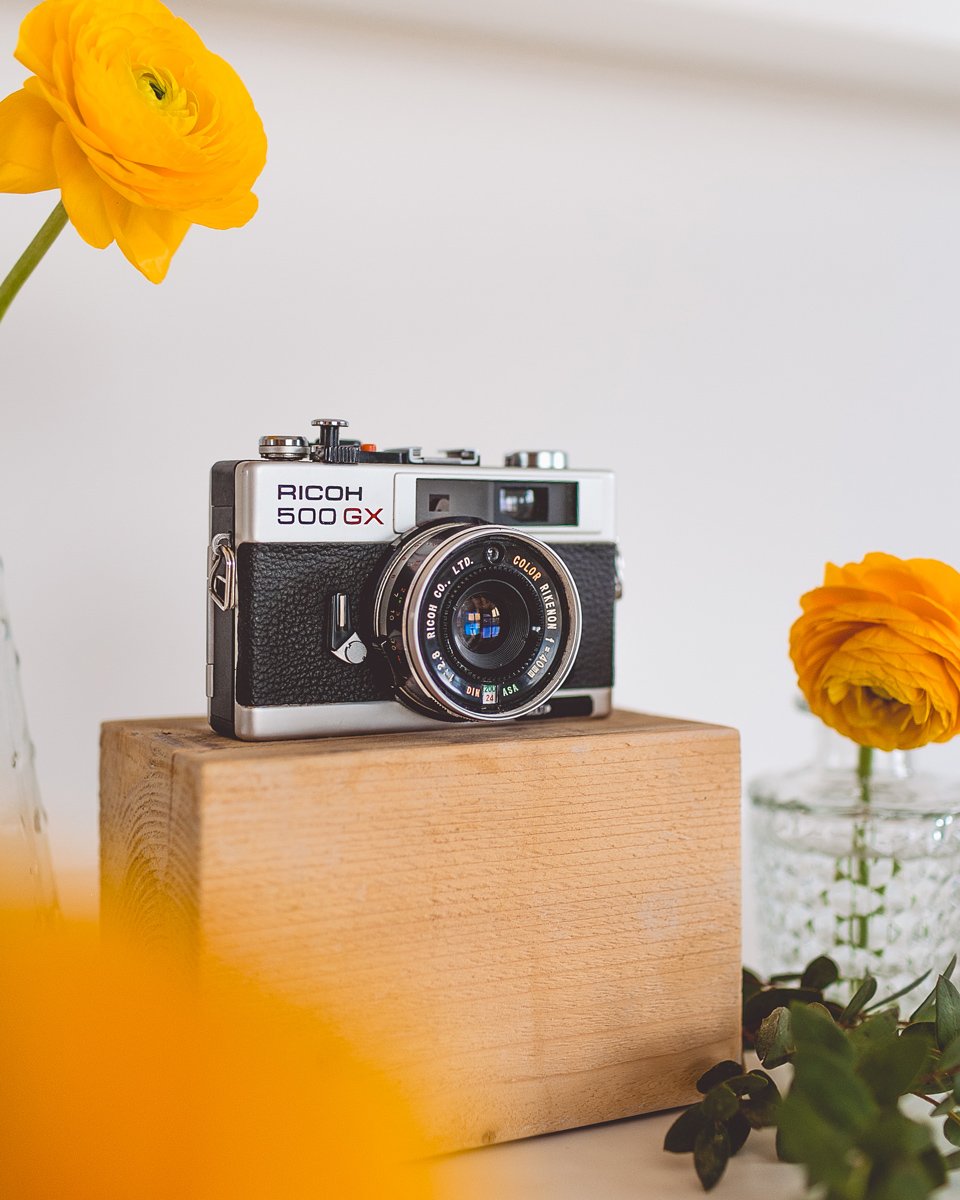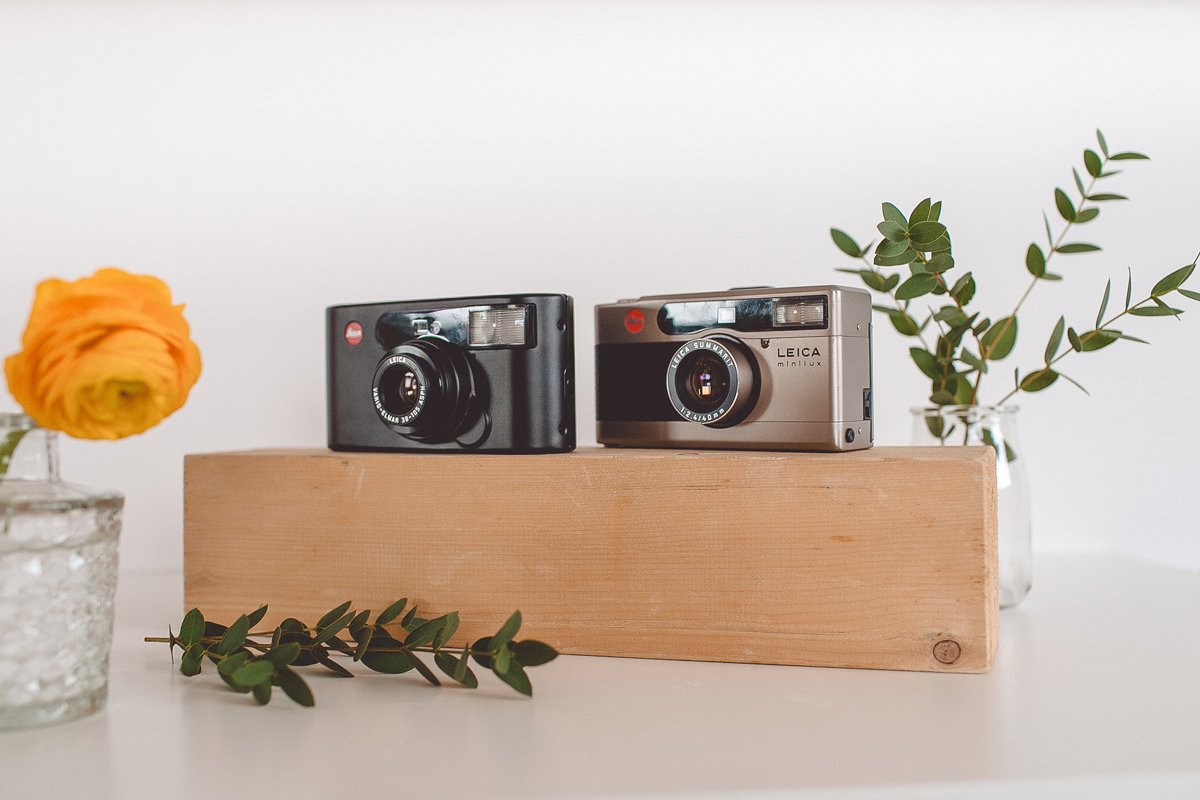2023 was the year I rediscovered analogue photography. I wasn't really looking for a new hobby or a new way to spend my money, but it fascinated me so much that I clearly wanted to invest more (time).
I have to admit that I know little about analogue photography and there is still a lot to learn and discover which is quite refreshing.
Just to be clear, I am not at the point where I want to give up digital photography completely and go all analogue. It's more like an addition to my work - for really special occasions like travel, anniversaries, events or great photo ideas.
I remember when I was a little kid, maybe nine or ten years old, we went on a school excursion to a dripstone cave. My parents lent me their Minolta Riva Mini and they told me in a very unmistakable way that I should be very careful about selecting motifs because the film was so expensive. I came home having taken only two pictures from the whole trip.
One thing hasn't changed: Analogue photography is still expensive.
If you are lucky, you might find your parents' or grandparents' analogue camera in a drawer or in a box somewhere in the basement like I did. My relatives collected all their cameras for me. However, you need to be aware that in addition to the equipment, there are ongoing costs for batteries, film and film processing.
If you like the brand Leica as much as I do, you have to invest a little more: The (Leica) analogue cameras are increasing in price due to a current hype. A few years earlier, the cameras would have been way more affordable. The same goes for film.
Analogue compact cameras I bought in 2023 & 2024
You never know how much you like something until you try it out. It was a logical step for me to start with a point-and-shoot camera, although a Leica M6 is quite daring, but also a too big investment to start with.
I think it's the same with getting your driving licence - your first car probably won't be a Porsche because you're inexperienced and your driving skills need more improving. You might not be investing a lot of money (in case you actually own that much), whether knowing if you are mastering the skill or the car. My approach in analogue photography was the same – it was more like dipping my big toe in the water before starting to run and taking the jump. Although I need to admit that the second one sounds more tempting. ;-)
So, in a metaphorical way I am probably driving a bicycle instead of the Porsche right now, but that’s ok. It’s all about the feeling and experience which you probably get with any tool or car.
At the moment I am having a lot of fun trying out different films on my point-and-shoot cameras, mixing and matching them to learn and discover how a film changes the look of the photographs. Nevertheless I wanted to start with a good base and decided on the following cameras to make sure to get decent results.
Leica C1
After a bit of research, I decided to go with the Leica C1 from 2000, a classic point-and-shoot camera with a 38-105 mm (f/4-10.5) Vario-Elmar zoom lens.
The Leica Mini (Leica elmar 35 mm f/3.5 lens) would have been too similar to the aforementioned Minolta Riva Mini, which I already call my own.
The Leica C1 looks particularly good in black - at least to me - and it has a beautiful Leica logo on the top of the camera. That's the thing about Leica - the cameras are so much more than just a tool - they also look and feel good and are fun to hold and use.
Despite the C2 (35-70mm) and C3 (28-80mm), the Leica C1 has an impressive variable zoom lens. I usually like to use prime lenses (mainly 35mm or 50mm), but the C1 proved to be a great addition, allowing me to easily take pictures in perspectives I had not been able to do before. Even in places I have visited many times, I got a whole new set of pictures thanks to this lens. What I like about the C1 is that it is a lightweight pocket camera that you can easily carry around. You can also print the date on the pictures if you like - this feature can easily be turned off - fun fact: the automatic calendar (only) runs until 2030.
I have read a few articles online and people seem to be happy with the Leica C1, perhaps a little disappointed by the current price, the slowness of the camera, the red-eye problem and the rather poor low-light performance.
So far I have only used the camera outdoors, so I can't say too much about low-light situations (although it was quite dark outside too), and the red-eye problem also occurred to me when the subject was far away. I really like the crisp and sharp look of the photographs - something that was mentioned quite a lot in the reviews too. Overall, I am happy with my Leica C1 as it suits my needs.
Leica Minilux
The Leica Minilux was my second choice. My intentions in buying a second analogue camera were to use two different films at the same time (e.g. a black and white and a colour, or just two with different ISOs) and a better lens in terms of aperture: The Minilux comes with a Summarit 2.4 40mm lens.
Similar to the analogue Leica C-series, there are also different versions of this camera: besides the limited editions like the one with reptile leather or a black chrome-titanium one, you can get the Minilux zoom (35-70mm f3.5-6.5) or the Leica CM built in 2004-2006 (also with a 2.4 40mm lens) which is a successor of the Minilux, but also more expensive.
The Leica Minilux is a bit heavier and louder than the Leica C1, but it has more features: As already mentioned, it comes with a wonderful lens and the ability to select the aperture and focus manually by setting the distance to the subject. It's like being halfway to a Leica M - I can already adjust some settings myself and influence the look of the photos more.
It took me a while to make the final decision to buy one, as I had read many horror stories about the "E02" error that can occasionally occur and has happened to many: it makes the camera stop working - the camera becomes worthless, as it is quite difficult to find a company that will still repair it (if you do find one - maybe with a lot of waiting, the price of the repair starts at around 400 euros in 2024). One thing I still want to mention is that the viewfinder of the camera is mini – I couldn’t believe it first when I read about it, but believe me – it’s mini and maybe the name Minilux comes from the small viewfinder, who knows!
The Leica Minilux is the latest addition to my photo equipment. I only have it for a week now and I hope it will work for a long time. I am sure there will be some blog posts with pictures and a fun one about the story behind my Minilux soon.

















